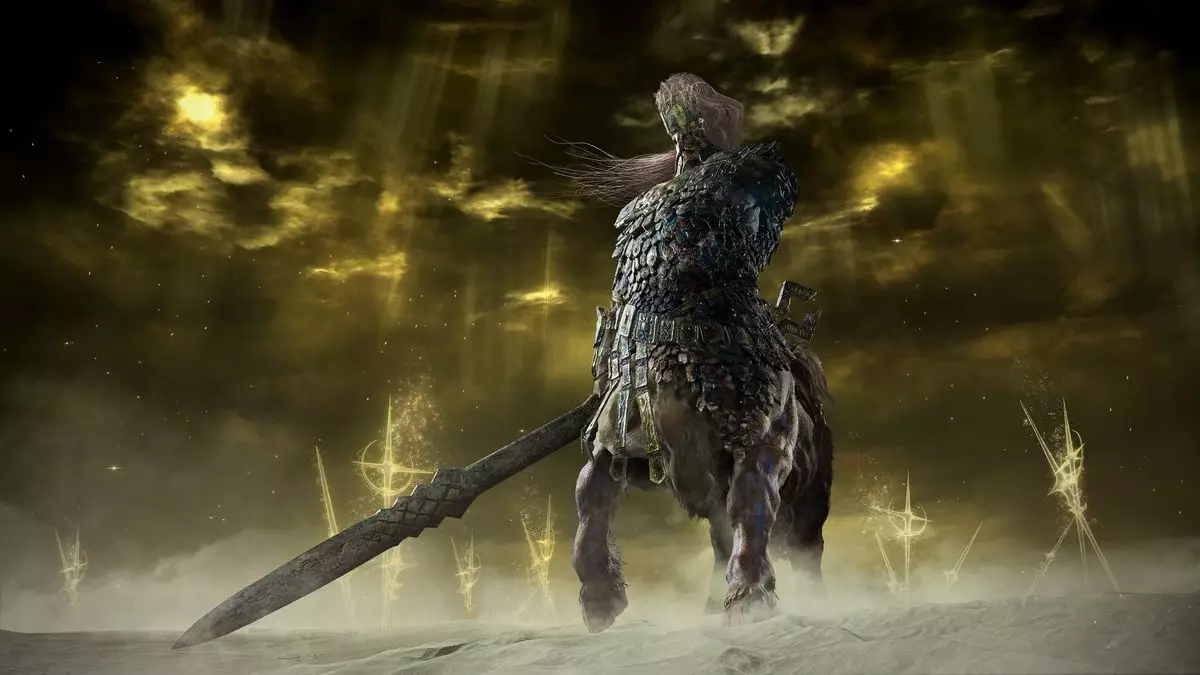FromSoftware’s latest installment, Elden Ring Nightreign, represents a significant step in the evolution of the studio’s design philosophy. With deeply embedded traditions in creating rich, interconnected worlds and intricate gameplay mechanics, the developers have made key changes that alter the fundamental player experience. Although Nightreign retains the core essence of the beloved Dark Souls series, it deviates from familiar gameplay elements, most notably the removal of the iconic messaging system. This shift invites enthusiasts and newcomers alike to rethink their expectations of interaction in a typically solitary experience.
The nostalgia evoked by the one and only trailer for Elden Ring Nightreign is palpable, as it boldly features recognizable locales and enemies from the broader FromSoftware universe. Players are greeted with familiar foes, including reimagined boss encounters reminiscent of the Nameless King. Yet, as the trailer unfolds, it also reveals an array of innovations, such as the introduction of three-player co-op mode and a dynamic in-game structure that unfolds over three days. Such changes signal a willingness to blend traditional elements with fresh approaches, potentially attracting a broader audience.
One of the more striking developments in Nightreign is the absence of the messaging system that has been a hallmark of FromSoftware’s narrative style. Traditionally, these messages would serve as a means of communication between players—offering hints, warnings, or even misleading information. Elden Ring Nightreign’s director, Junya Ishizaki, communicated to IGN Japan that the decision to forgo this feature stems from the game’s new pacing. With matches lasting around 40 minutes each, there is little room for a dialogue that often requires time for contemplative interaction. The focus has shifted to delivering a streamlined multiplayer experience that emphasizes direct combat over indirect communication.
The structural shifts in gameplay not only eliminate the messaging system but also impact other gameplay dynamics. For instance, enemies will not respawn during matches, creating a sense of continuity and urgency that could enhance competitive play. This design choice aligns with Ishizaki’s vision of crafting a “short RPG,” challenging players to immerse themselves in rapid, action-packed sessions. While the absence of messages may initially dampen the camaraderie typically found in the game’s community, it also encourages players to engage more deeply in combat itself, fostering a different type of interaction—that of teamwork and strategy.
Looking forward, the decision to omit an iconic element like messaging raises questions about how player interaction will transform in future titles. As FromSoftware ventures into uncharted gameplay territory with Elden Ring Nightreign, it opens a dialogue regarding the balance between innovation and tradition. While the hearts of many players may long for a return of the old messaging system, the studio’s pivot could cultivate a new form of engagement—one where players are drawn closer together through shared challenges in real-time rather than through scattered notes on the ground. Only time will tell how this evolution will influence player dynamics in the expansive landscape of gaming.

